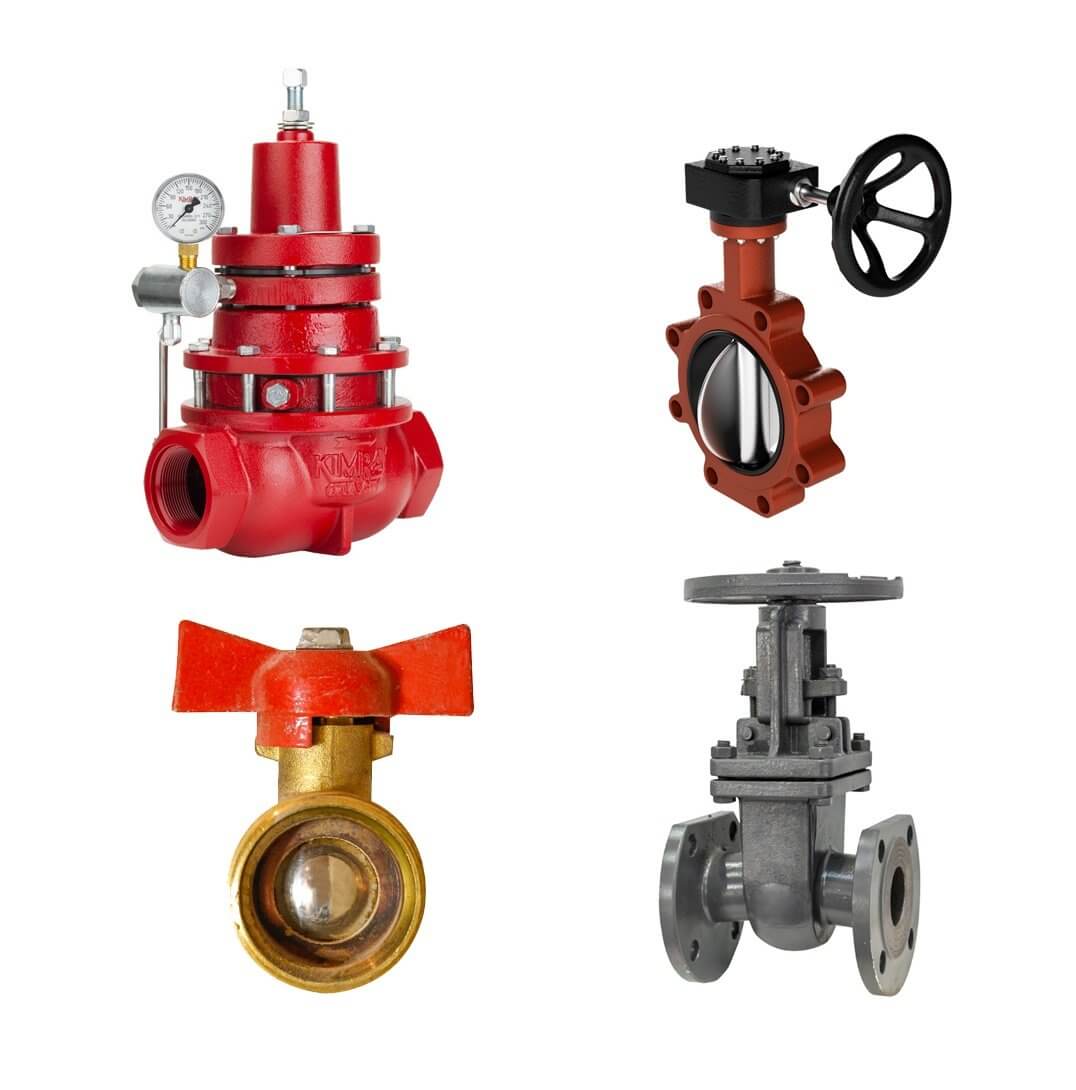All About Valve Industry

Check valves, also called one-way directional valves, are safety valves that allow gases and liquids to flow in a single direction. The main purpose of check valves is to prevent the flow in the reverse direction which would otherwise cause the system or equipment to damage, partially or completely, causing a major setback.
Linquip has compiled a wealth of information on lift check valves and their usage as well as other helpful facts in this post to help you get started. So, start reading right away!
More In Linquip:
- Valves Manufacturers
- Air release valve Manufacturers
- Angle Valve Manufacturers
- Ball Valve Manufacturers
What Is Lift Check Valve?
The check valve on the lift motor is made for high-pressure service where the flow velocity is significant. In this sort of check valve, the piston disc is accurately guided by long contact and a tight sliding fit with the perfectly centered dashpot.
The piston and dashpot are both built of similar-thickness materials. Outside the dashpot, large steam jackets are positioned to avoid sticking owing to differential expansion. The barrel-style seat ring has a big uniform cross-section with a smooth finish. It is generally fastened in and sealed welded. The passage is full port size.
More In Linquip:
Check valves of the lift variety are available in straight-through, T, and WYE patterns. This sort of check valve may be positioned horizontally or vertically, but gravity-dependent lift checks must be installed so that the disc travel is vertical.
A lift-check valve's seat is similar to a Glove type valve. The disc is either a piston or a ball. Lift check valves are suited for high-pressure applications in which the flow velocity is significant. The disc of a lift check valve is precisely guided and fits snugly in the mating hole, as shown previously.